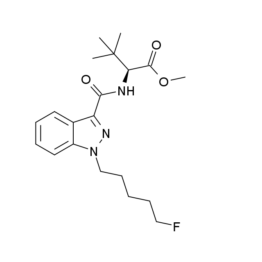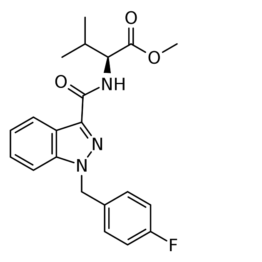Synthetic Cannabinoids
Synthetic Cannabinoids
We have available Indazole-based Best Synthetic Cannabinoids 2024, 2025 like 5-Fluoro ADB, 5F-AB-PINACA, 5F-AMB, 5F-APINACA, AB-CHMINACA, AB-FUBINACA, AB-CHFUPYCA, AB-PINACA, ADB-BINACA, ADB-CHMINACA for sale online from USA-based vendor.
Cannabinoids are a class of molecules that bind to the same receptors to which cannabinoids in cannabis plants THC and CBD attach. They are designer drugs, commonly sprayed onto plant matter and are usually smoked, although they have also been consumed in a concentrated liquid form in the US and UK since 2016. They have been marketed as herbal incense wholesale online USA, UK, Australia, or “herbal smoking blends” and sold under common names like K2 drug for Sale, Spice drug for Sale, and Synthetic Marijuana. They are often labeled “not for human consumption” for liability defense. A large and complex variety of synthetic cannabinoids are designed in an attempt to avoid legal restrictions on cannabis, making synthetic cannabinoids designer drugs.
Most synthetic cannabinoids are agonists of the cannabinoid receptors. They have been designed to be similar to THC, the natural cannabinoid with the strongest binding affinity to the CB1 receptor, which is linked to the psychoactive effects or “high” of marijuana. These synthetic analogs often have greater binding affinity and greater potency to the CB1 receptors. There are several synthetic cannabinoid families (e.g. CP-xxx, WIN-xxx, JWH-xxx, UR-xxx, and PB-xx) classified based on the base structure.
Our research chemicals are mostly structural or functional analog of a controlled substance that has been designed to mimic the pharmacological effects of the original drug, while avoiding classification as illegal and/or detection in standard drug tests. Research chemicals include psychoactive substances as well as analogs of performance-enhancing drugs. Some of these were originally synthesized by academic or industrial researchers in an effort to discover more potent derivatives with fewer side effects and were later co-opted for recreational use. Other research chemicals were prepared for the first time in clandestine laboratories. Because the efficacy and safety of these substances have not been thoroughly evaluated in animal and human trials, the use of some of these drugs may result in unexpected side effects.
The development of designer drugs may be considered a subfield of drug design. The exploration of modifications to known active drugs—such as their structural analogues, stereoisomers, and derivatives—yields drugs that may differ significantly in effects from their “parent” drug (e.g., showing increased potency, or decreased side effects). In some instances, designer drugs have similar effects to other known drugs, but have completely dissimilar chemical structures (e.g. JWH-018 vs THC). Despite being a very broad term, applicable to almost every synthetic drug, it is often used to connote synthetic recreational drugs, sometimes even those which have not been designed at all (e.g. LSD, the psychedelic side effects of which were discovered unintentionally).





Recent Comments